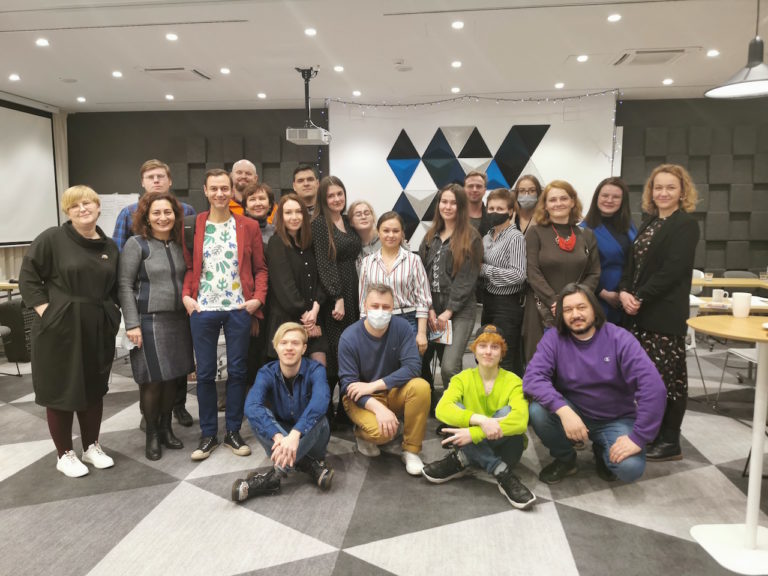21 April 2021
“Always remember that the child will grow up, and the text will remain. The child will read it later,” said Artem Besedin, the editor of the project “Such issues”, during a seminar on the rights of the child for journalists and bloggers of the Volga and North-Western districts, which took place on January 26-27 in St. Petersburg.
Publications about children are a complex and delicate field of work, in which a journalist must be able to find an approach that takes into account the rights of the publication’s characters, their parents and the public interest, while creating fascinating material for the reader or viewer. Participants and experts discussed the legal and moral aspects of this work.
The seminar was organized by the interregional human rights organization “Man and Law” together with the non-profit organization Pro NGO! (Germany) in the framework of the project “Different children — equal rights!”
The child’s interest is not always obvious
One of the most difficult cases discussed at the seminar is the story of a woman in prison with a baby. This woman had previously abandoned her two children, who were adopted by other people. She decided to keep the third, despite the fact that there was a family ready to adopt him. People familiar with this story believed that the woman leads an antisocial lifestyle and wants to keep the child only in order to get better conditions in the colony.
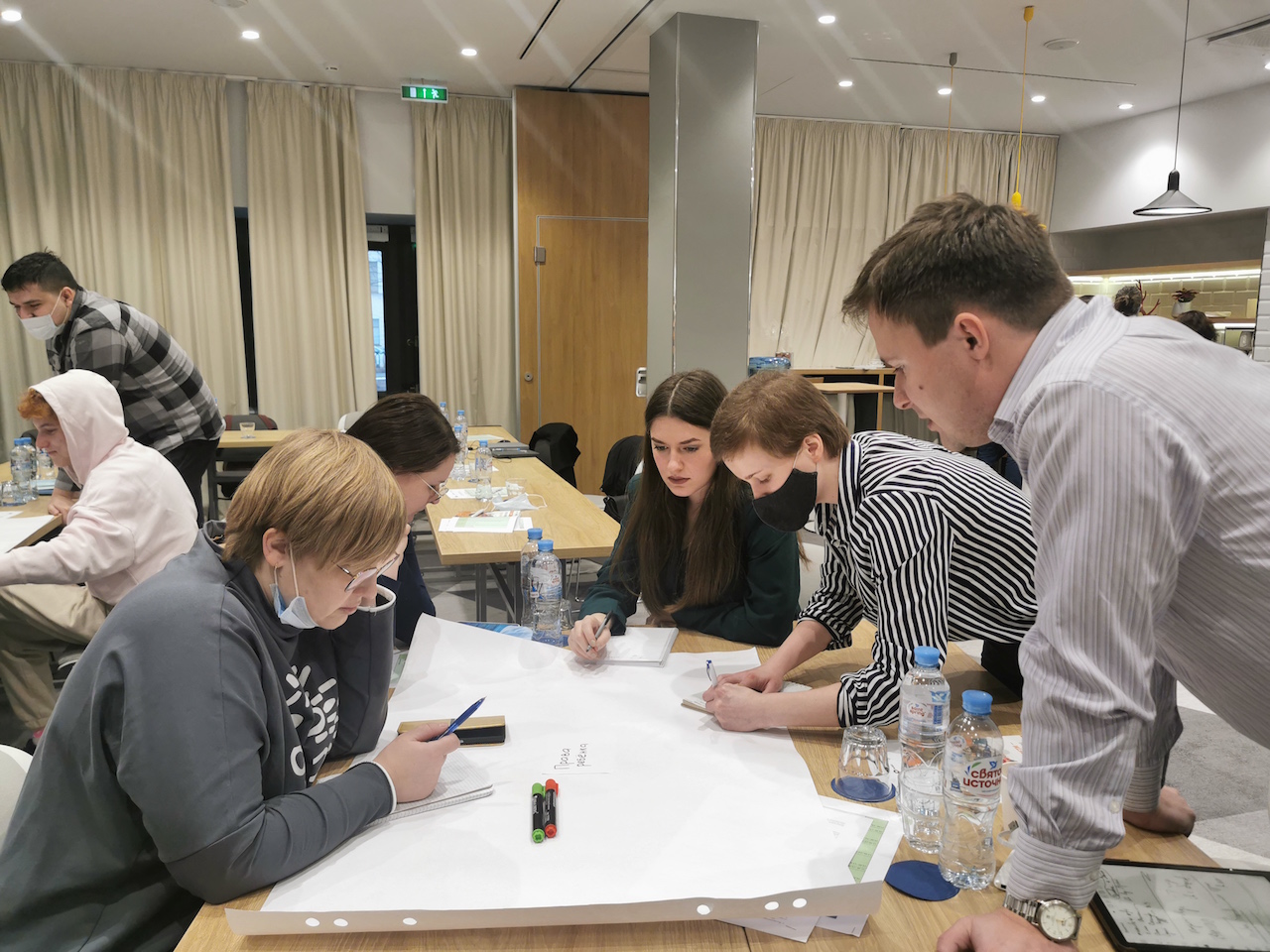
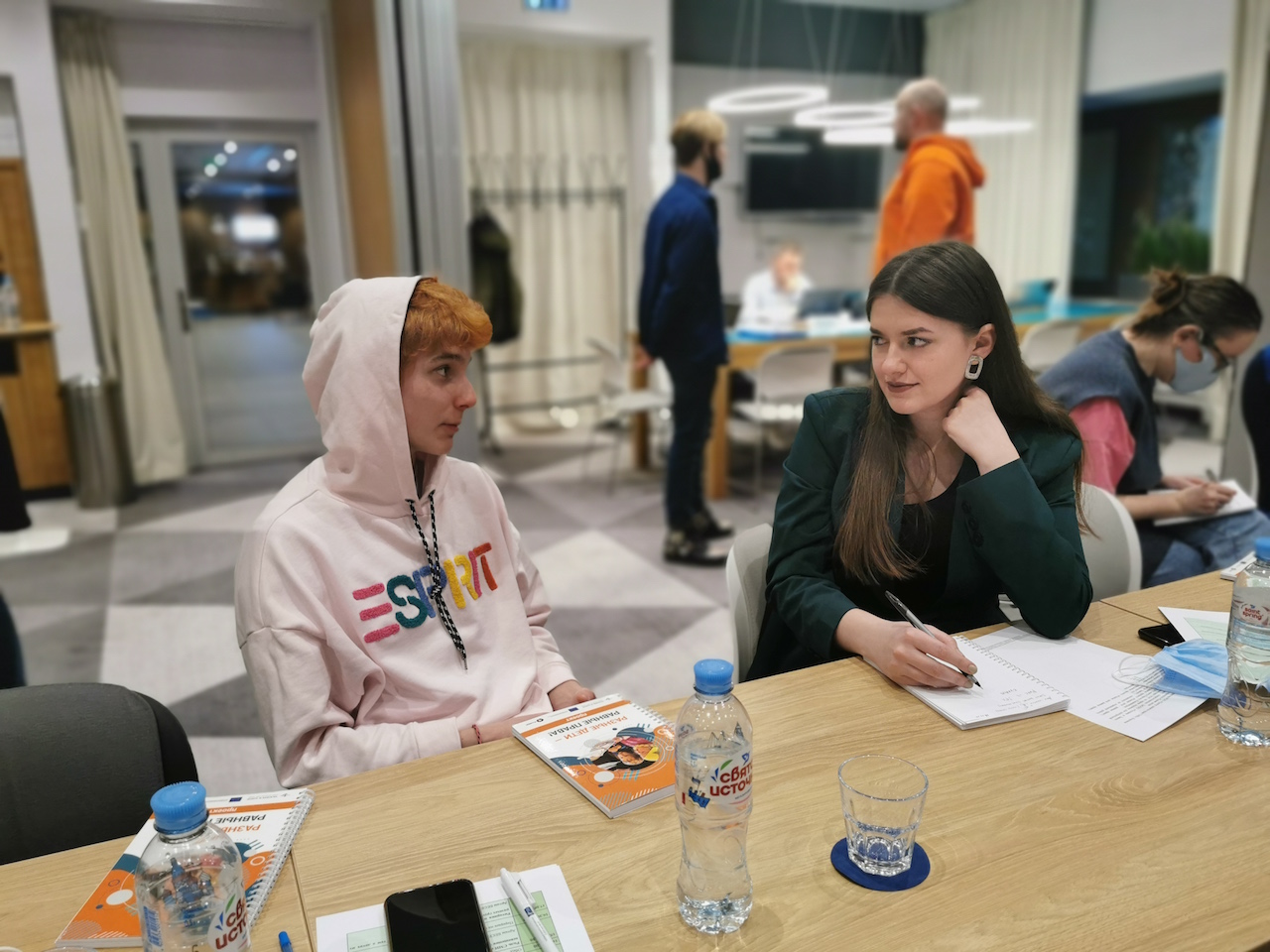
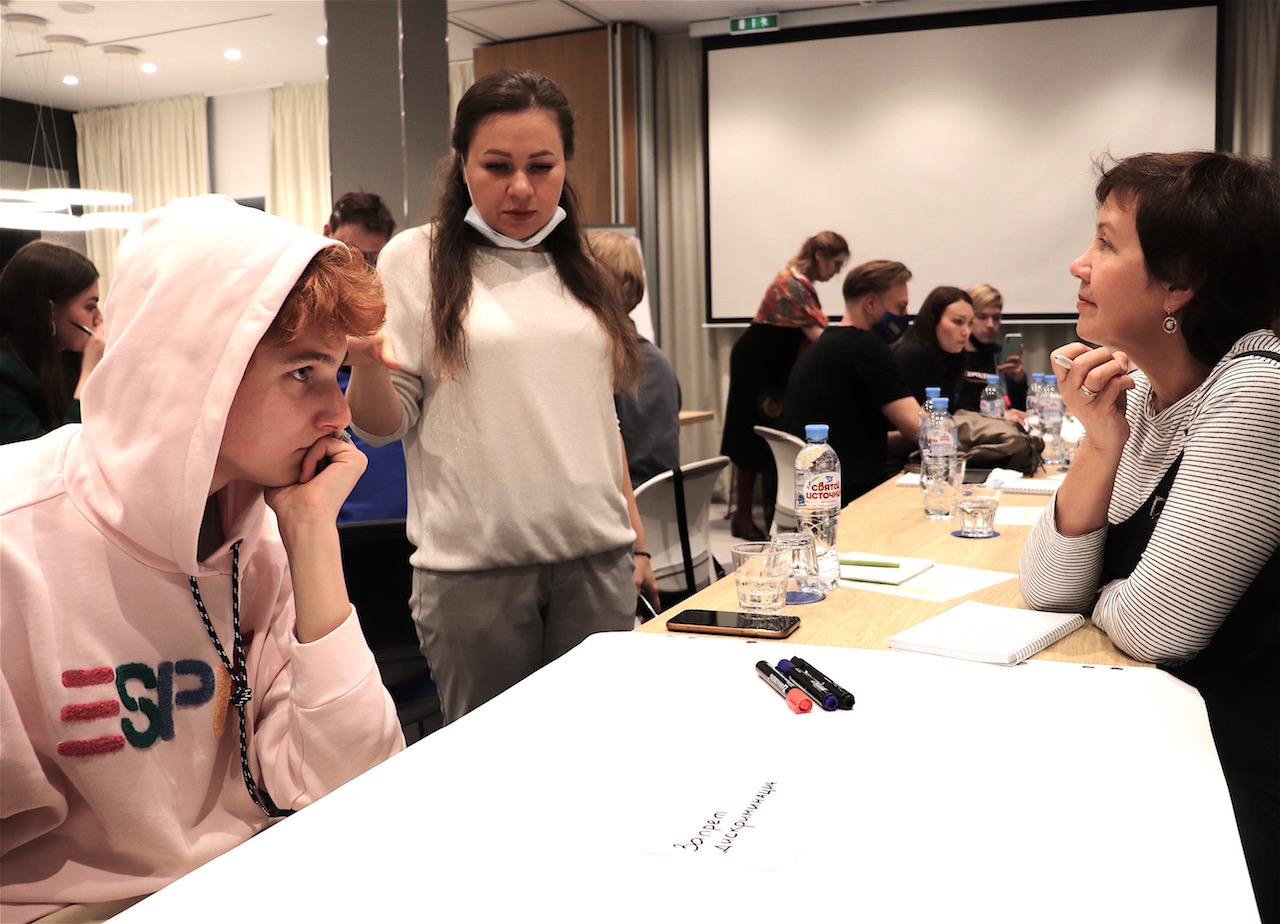
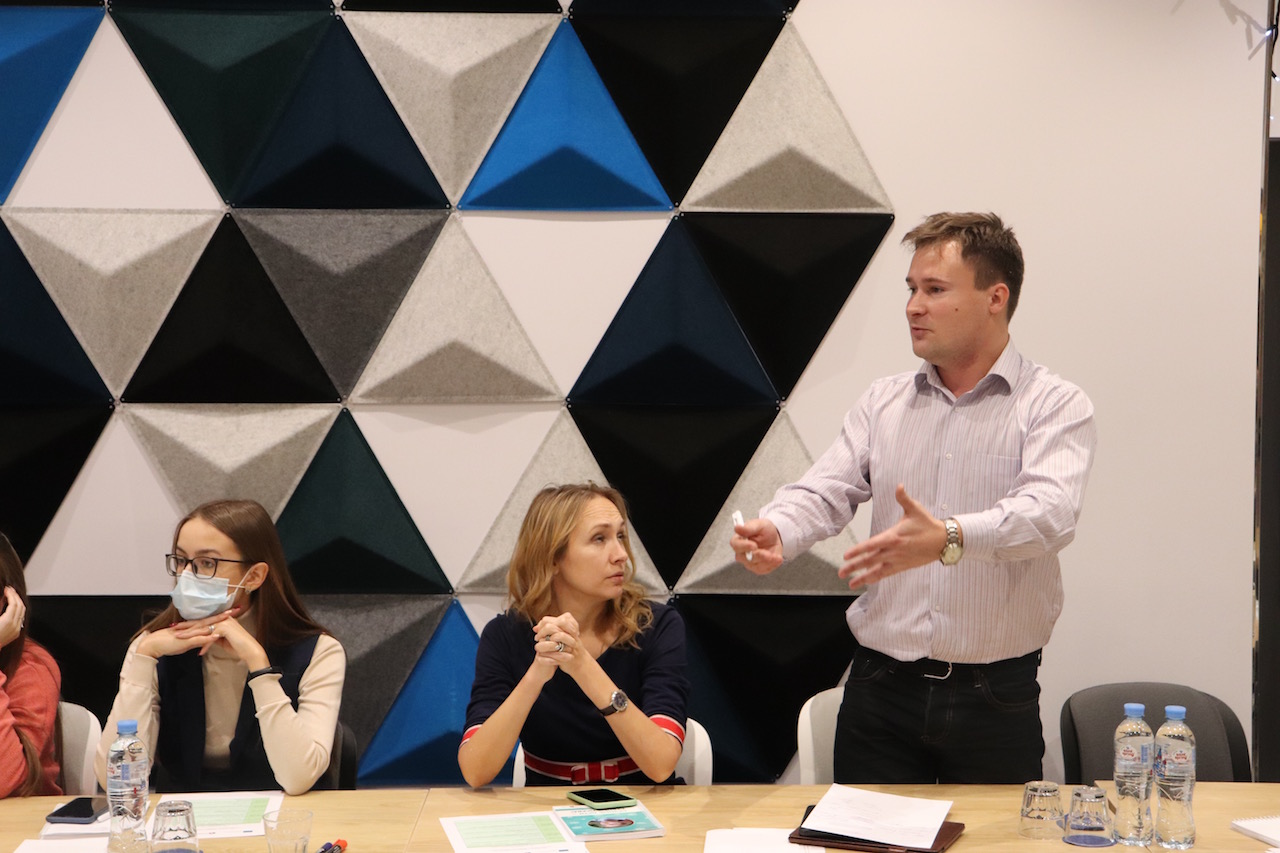
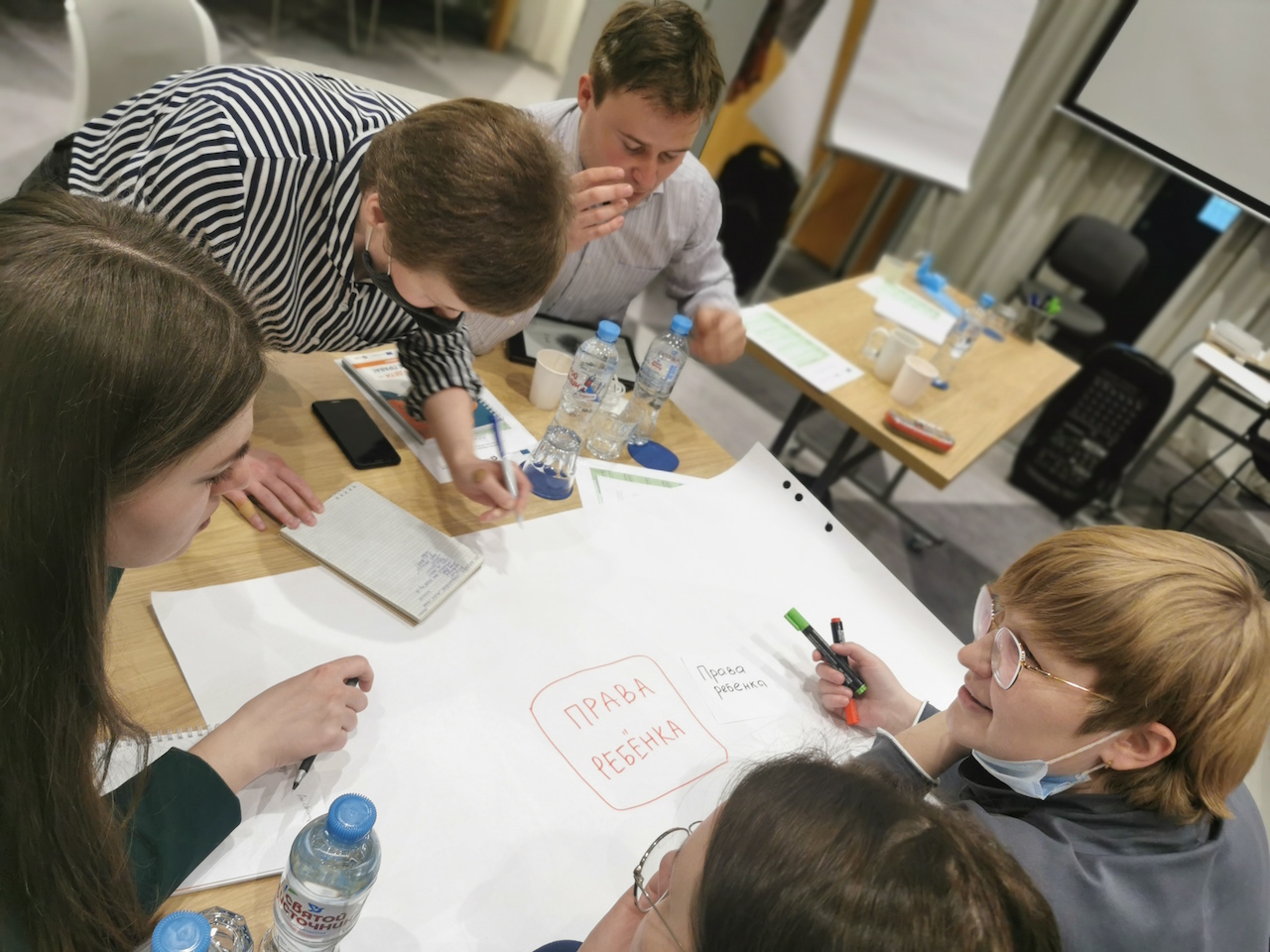
In this story, two paragraphs from the Convention on the Rights of the Child intersect. On the one hand, the child has the right to be provided with the best possible conditions for his or her development by the State. At the same time, the child must not be separated from the mother. Some participants felt that the child should be adopted, because the child should not grow up in prison if there is a possibility to avoid it. Others argued that a child at such a young age does not make much difference where to live, what is more important is to live with the mother.
During the discussion, the participants and experts came to a broader topic — the work of the Russian penal system in relation to mothers and children. As it turned out, not all of the participants knew whether in Russia there are special conditions for more or less normal development of children in some prisons: nurseries, educational services, etc. (some have a “children’s home”). The participants agreed that in such a situation, neither taking the child from the mother nor leaving him in prison under general conditions of detention is the best solution to the issue from the point of view of the rights of the child. To improve the situation, it is necessary to create special conditions in the colonies that will allow the child of the imprisoned mother to develop at the same level as all other children.
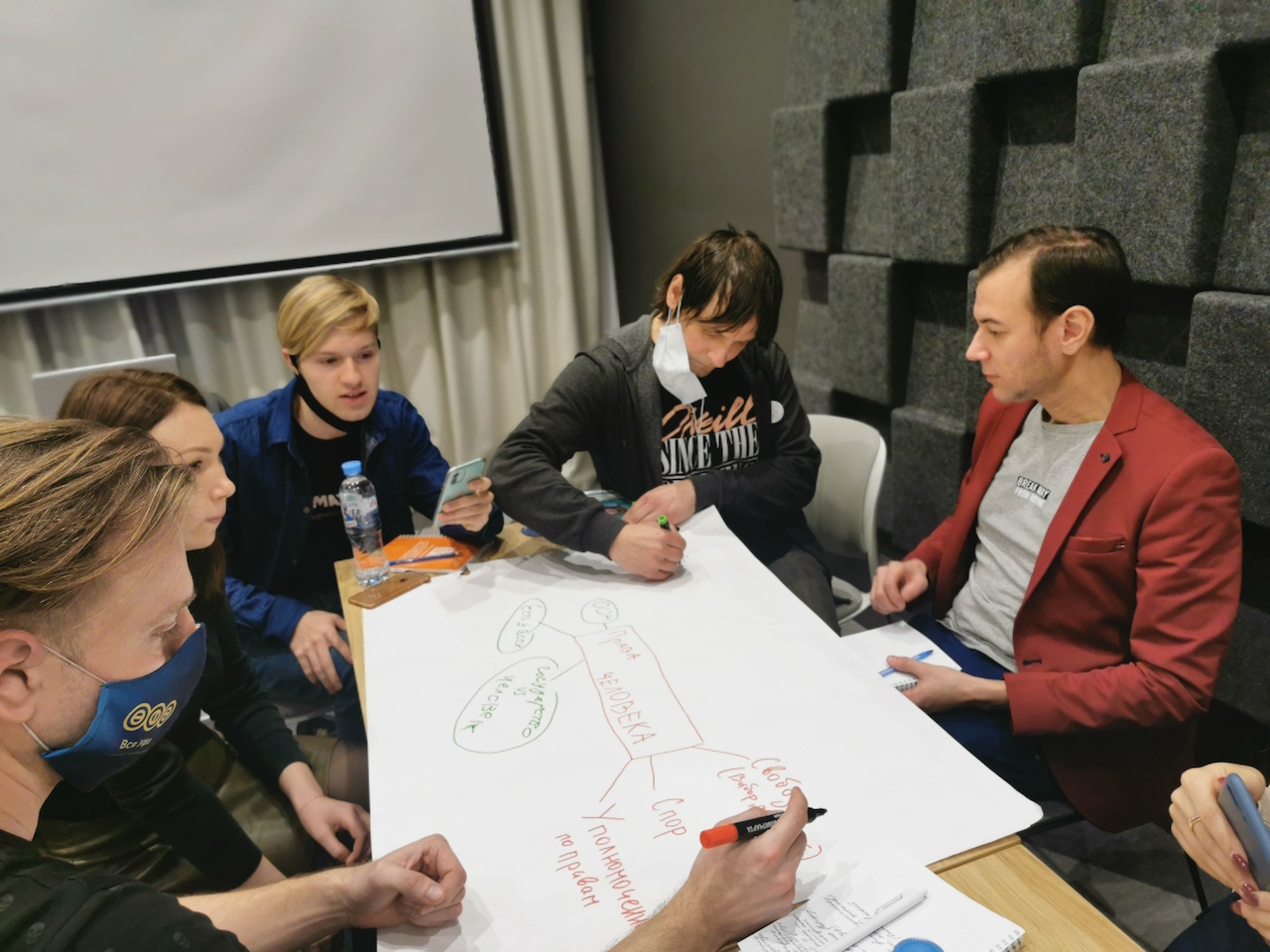
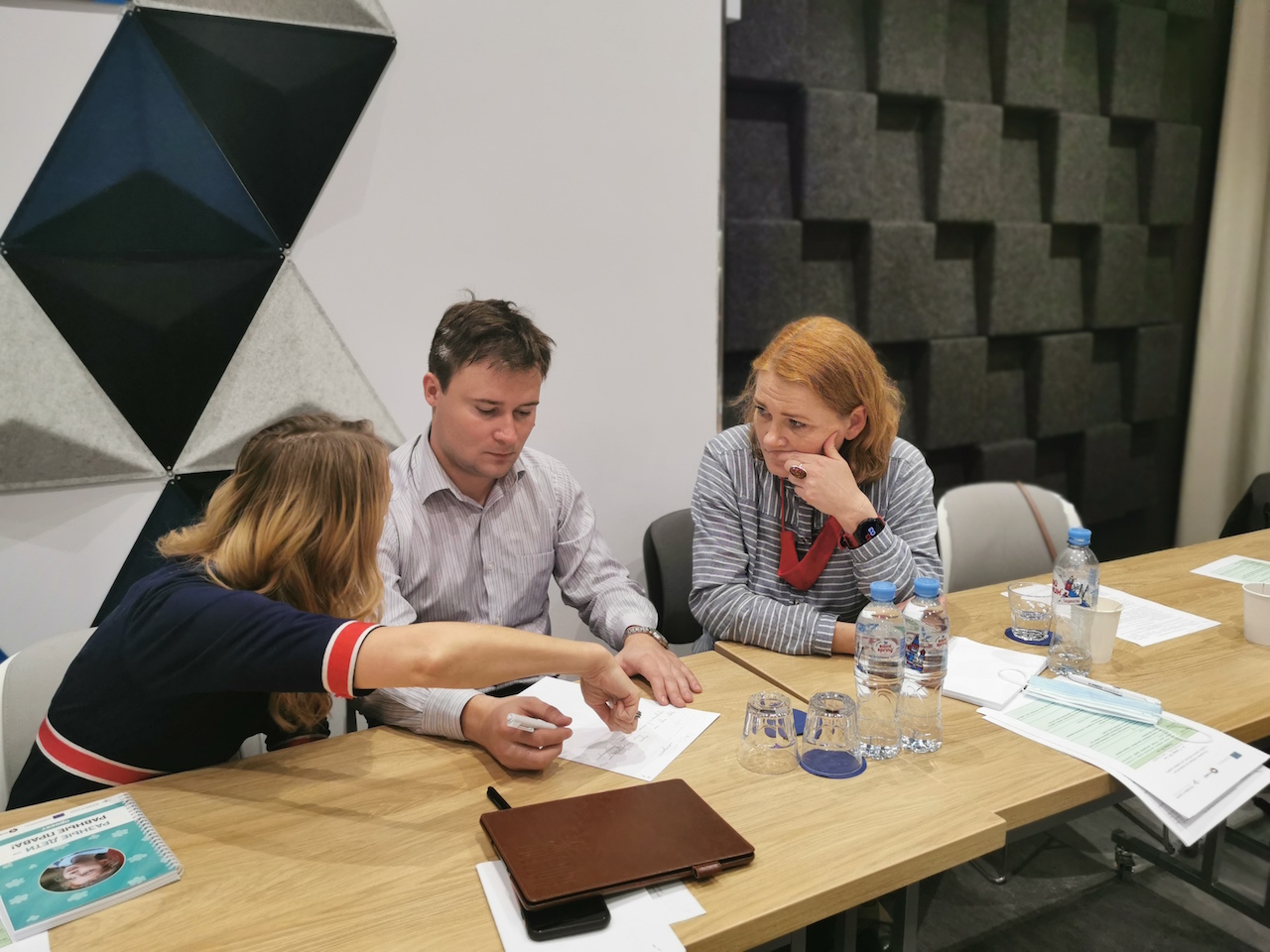
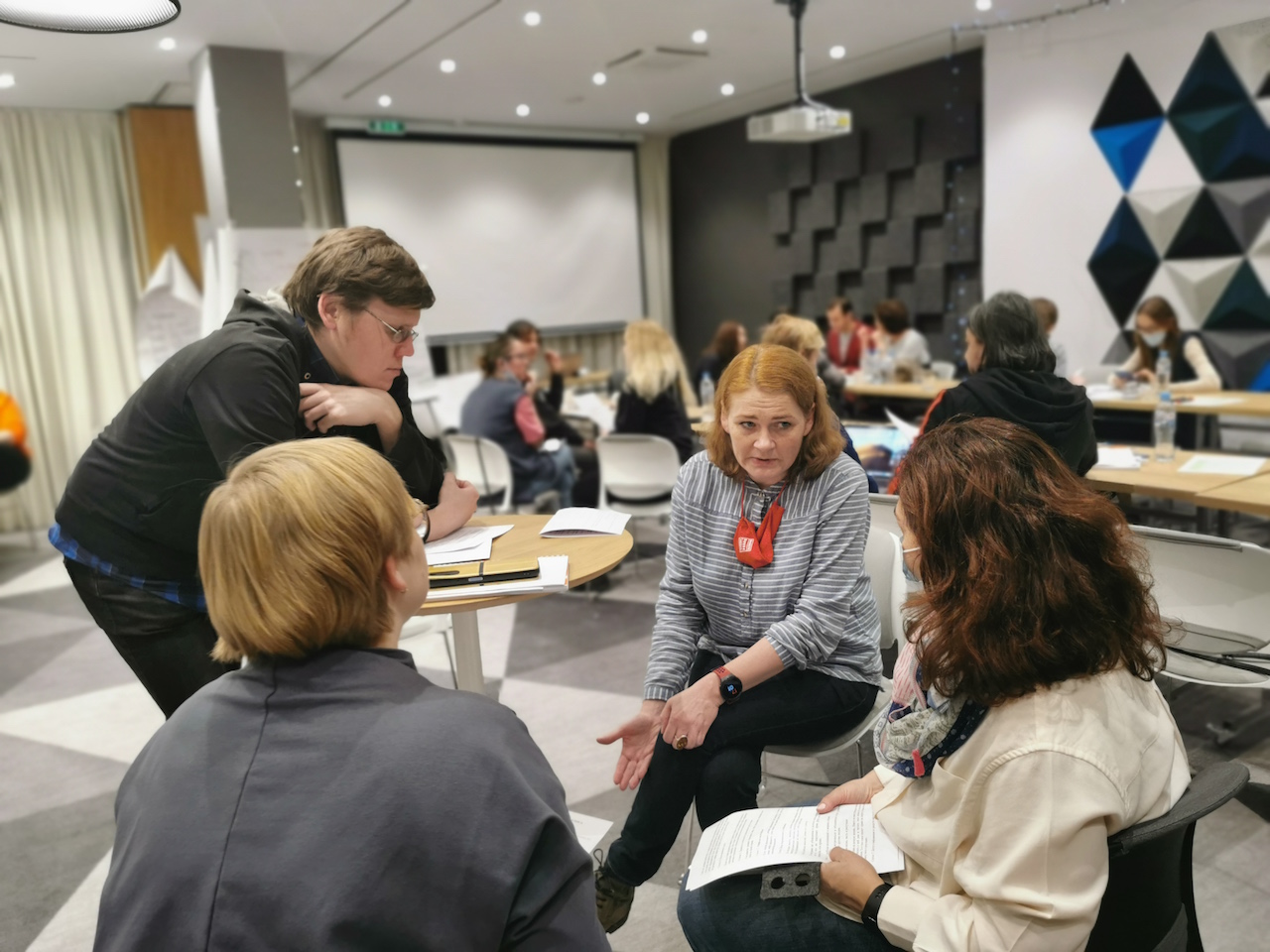
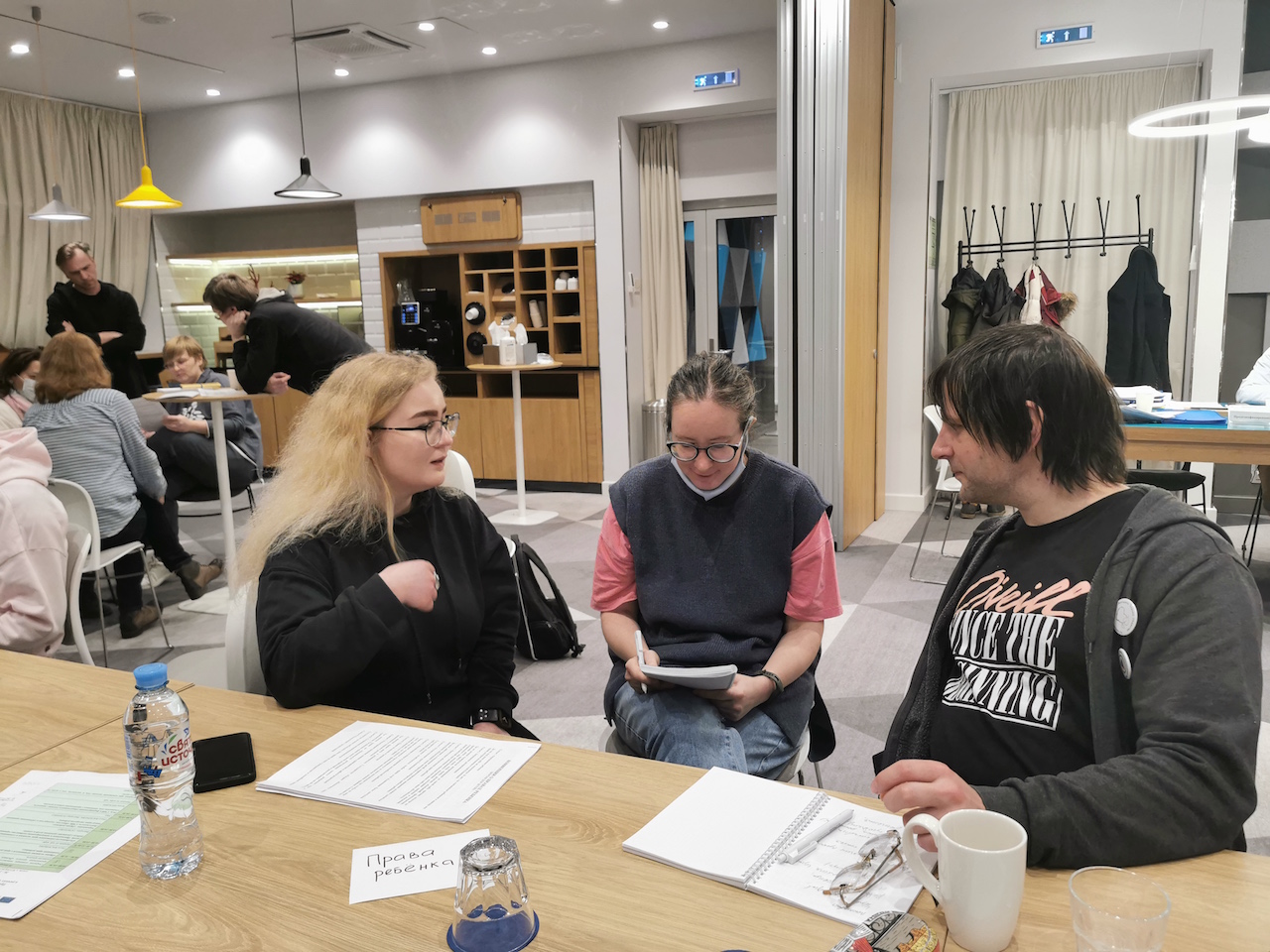
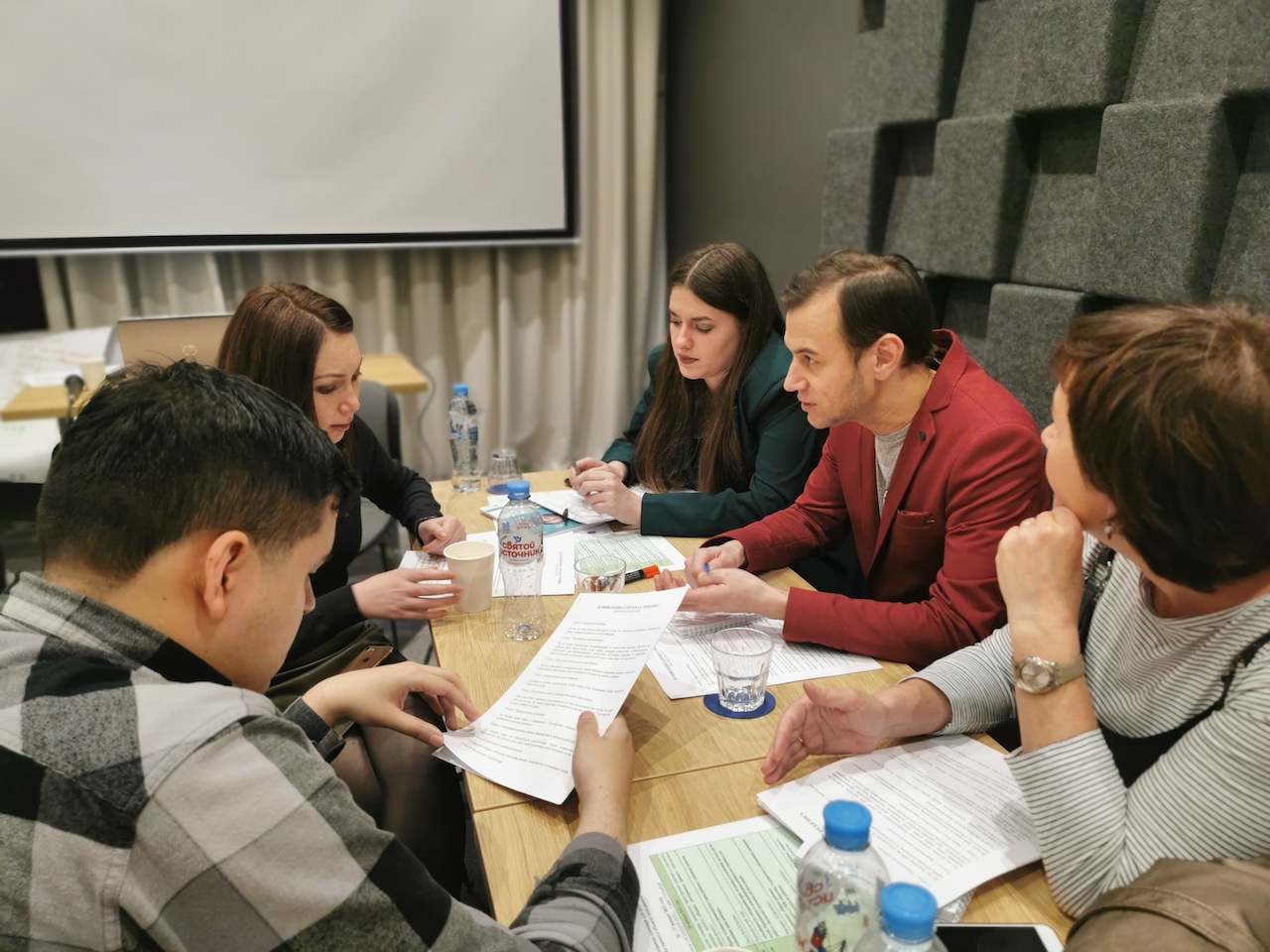
There are several large reports about how mothers with children live in the colonies. Here are some of them:
Radio Liberty — “Grey Flowers. Women and children in Russian prisons”
“7×7. Horizontal Russia” — “Refuse to breastfeed. How in Russia newborn children serve their sentences in prison together with their mothers”
“Batenka” — “Gives birth in handcuffs, if there is no escort”
“RIA Novosti “— “Prison nursery. How prisoners give birth and raise children in the zone”
Komsomolskaya Pravda — “Born behind bars: how do the children of women serving sentences in prison live?”
When describing stories related to children and families, the question often arises about what is acceptable to tell and what is not. For example, in the above story, the woman was a gypsy. Is it worth reporting this detail in the article? The reference to nationality often leads to a stereotypical perception of the character in the story. At the same time, some stereotypes about the relationship of Gypsies with their children did not appear out of thin air. And in this story, we are dealing with a woman who has previously given up two children. As a rule, journalists disagree on such issues. No clear decision has been made in the community, which means that the journalist makes a decision, as they say, “under his own responsibility”.
There are quite a lot of such nuances of the moral plan associated with the use of any well-established words and phrases. The media outlet “Such issues” (a media project of the charity foundation “Need Help”) has created a special dictionary “We don’t say that”, which explains which words should be used and which are not, in relation to different categories of people: socially vulnerable groups, LGBT people, people with various diseases and disabilities, people with mental disorders. This is a long list, the main motive of which is the following: you do not need to define a person as a whole, as a person, through his/her peculiarity, whether it is HIV infection, homosexuality, non-binary gender or disability.
The same applies to publications about children, in which you need to be even more careful, because incorrect statements can affect children more strongly. Artem Besedin, the editor of “Such issues”, told about how to write in order to both engage the audience and not harm the child (this is the key principle).
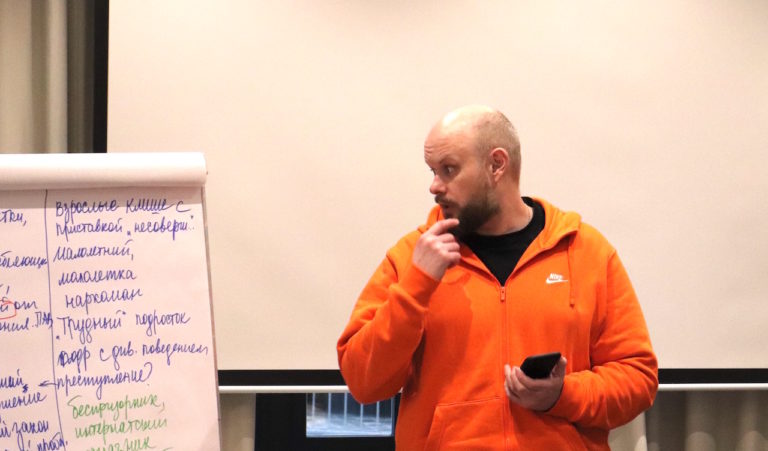
The participants discussed several texts of the media outlet devoted to the topics of parenthood and guardianship in dysfunctional families, physical and sexual violence against children in the family, and serious diseases of children:
“They listen to me, but they don’t hear me.” A schoolgirl from Moscow asked to leave her with her grandmother and aunt after the death of her mother. The court sided with the father
Children in trouble – about child sexual abuse
Snowball – about a severe form of disability
These are examples of the professional work of the media outlet that specializes in sensitive topics.
The head of the public organization “Yula” from Kaliningrad, Victoria Osipenko, spoke about the terms recognized in the international community for referring to different groups of children.
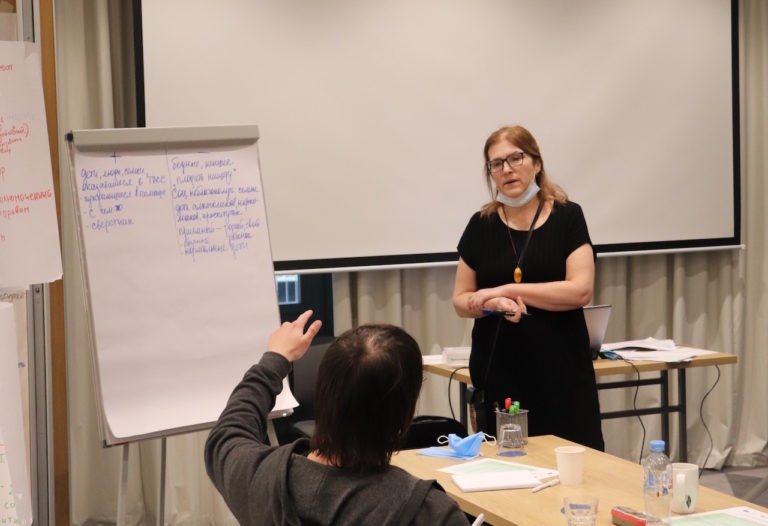
The participants were divided into several teams and made a list of words that, in their opinion, are desirable, acceptable and unacceptable in relation to a certain category. For example, children and adolescents who have problems with the law are often referred to as “difficult teenagers” or “children with deviant behavior”. This is an incorrect designation that stigmatizes the child and, with frequent repetition, for a long time associates the child with concepts that denote a deviation from a certain “norm”. It is more ethical to focus on a specific fact related to the actions of the child, rather than describe the child’s personality in connection with this fact: “committed an offense”, if proven, or suspected of it; “having problems with the law” instead of “difficult teenager”, “juvenile delinquent”, etc. But there is also no need to deny the facts: if a teenager is convicted and is in a penal colony, this is an “imprisoned teenager”, and not just “having problems with the law”.
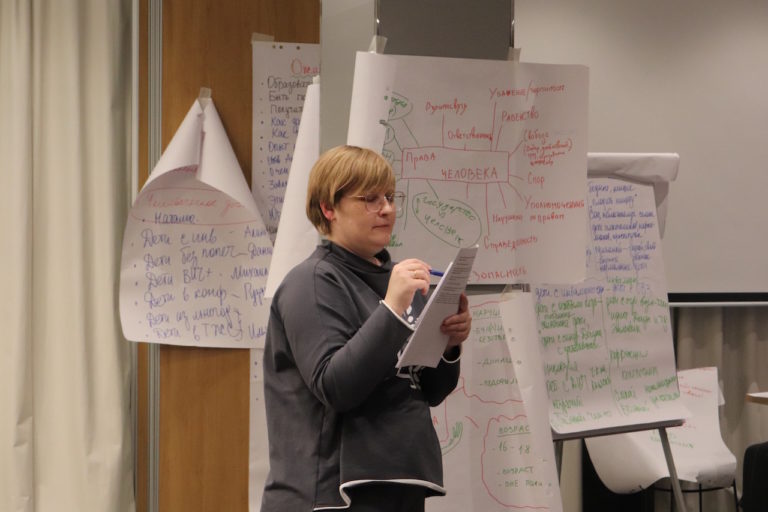
If a child has HIV, it is not necessary to talk about him or her as “HIV-infected”, and it is very bad when HIV is confused with AIDS, which also happens. The terminology of this disease is quite complex. Most often, the definition of “with a positive” or “with a confirmed HIV status” is allowed.
Many unfounded fears are associated with HIV in Russia, including due to the fault or lack of work of the media. There are stories of how residents wanted to evict a girl with a positive HIV status from the entrance; another girl was bullied at work because of her diagnosis. Correct terminology and accurate knowledge of medical facts about a particular disease will allow mass media outlets to reduce the level of unjustified prejudice in society in relation to people with certain characteristics.
The lawyer of the “Center for the Protection of Media Rights” Svetlana Kuzevanova told how not to fall under the responsibility for publishing the personal data of the main character of the story. Many legal aspects of media work are the same for both children and adults. For example, photos. When you post a photo of a person who can be recognized, it either needs to be a photo at an open public event, such as a city holiday or concert, or you need to get the person’s permission. In the case of a child, it is necessary to get the permission of his/her legal representatives.
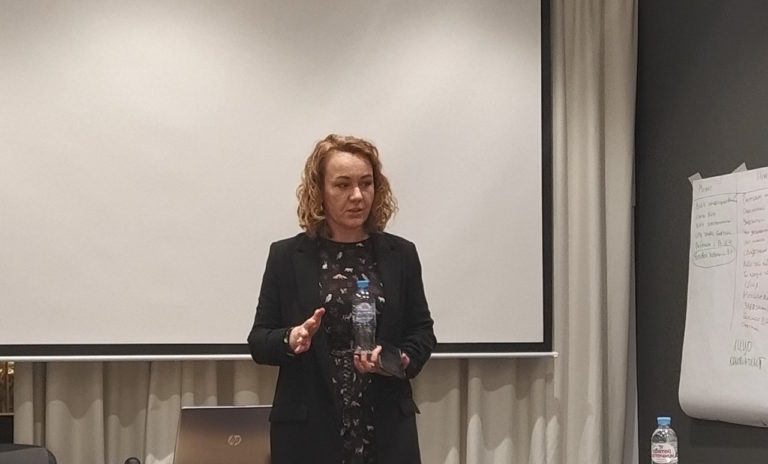
You can’t show people without consent in places that compromise them, such as a hospital or prison. As an example, the participants of the seminar worked with the story of one of the regional channels of VGTRK about how Yuri Kuklachev had performed in a colony for minors. Several recognizable faces are clearly visible in the video, which is illegal.
When publishing a photo, you should not hope that if you cover eyes of the person with something it will help. Most often with the eyes closed, a person is also recognizable due to the complexion, hairstyle, clothing and other features.
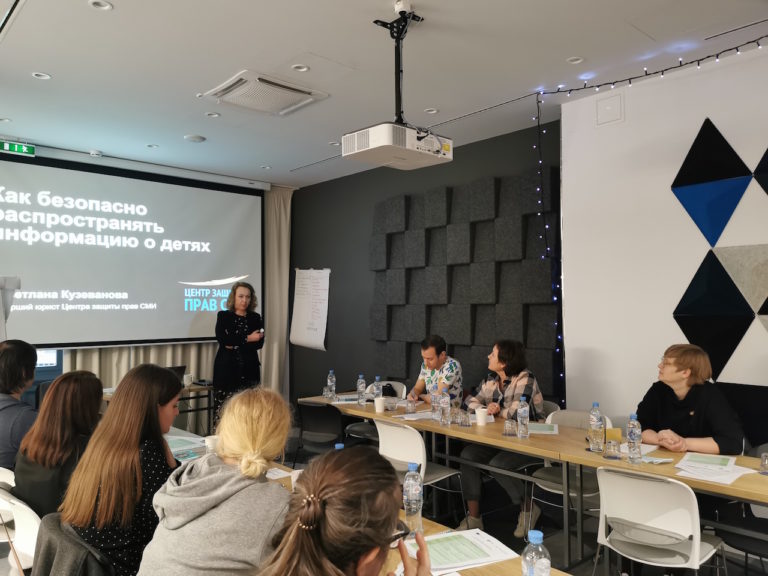
Some journalists take “oral consent”. This consent is legally worthless. According to Svetlana Kuzevanova, such a measure is only for complacency. A person can change his or her mind at any time and “forget” about this oral permission.
The biggest whale on which a journalist stands in the proceedings about his publication is the concept of public interest. It is important to be able to justify the public interest in the material and not to confuse it with secular curiosity. On the website of the Center for the protection of media rights, there are manuals on public interest and personal data.
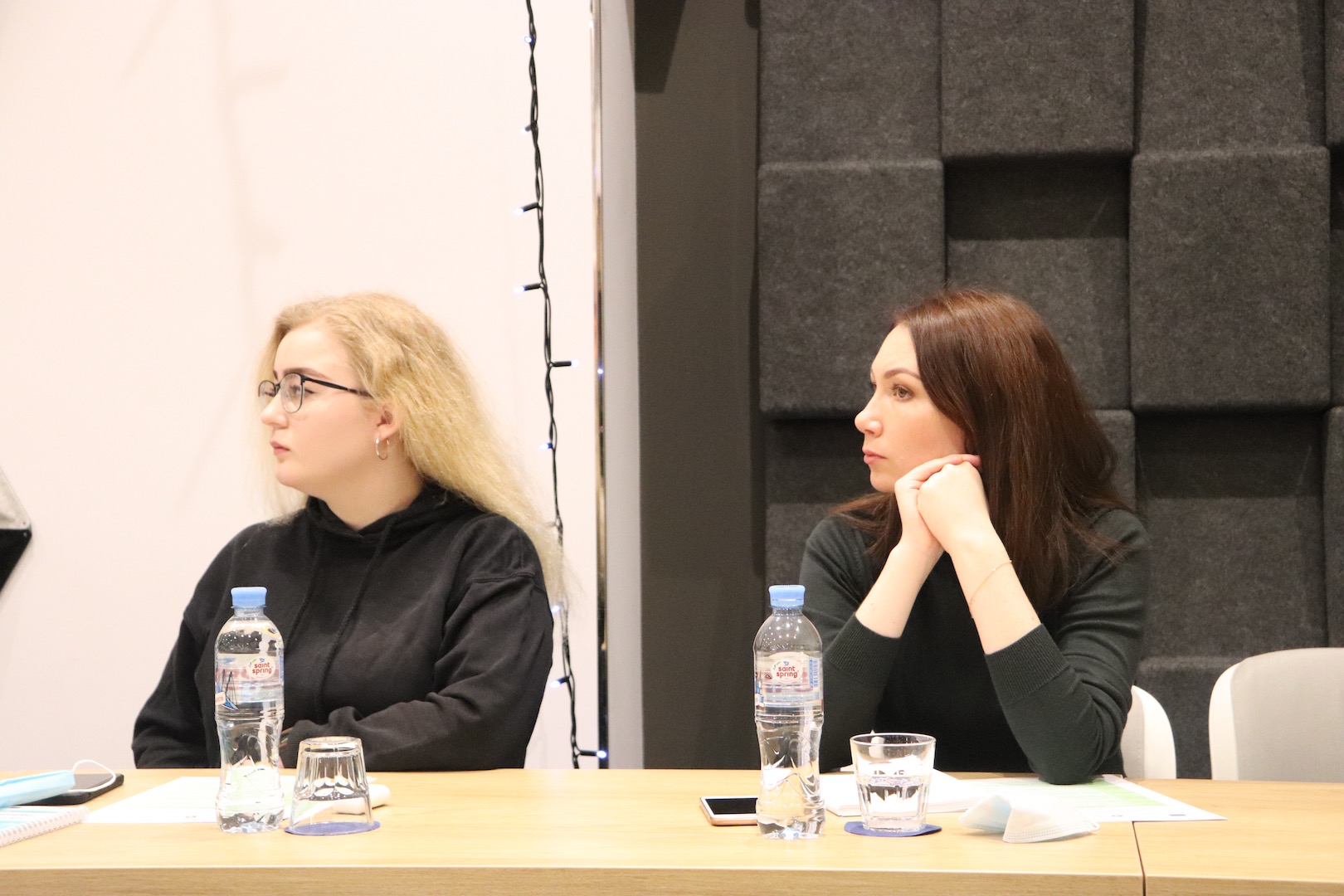
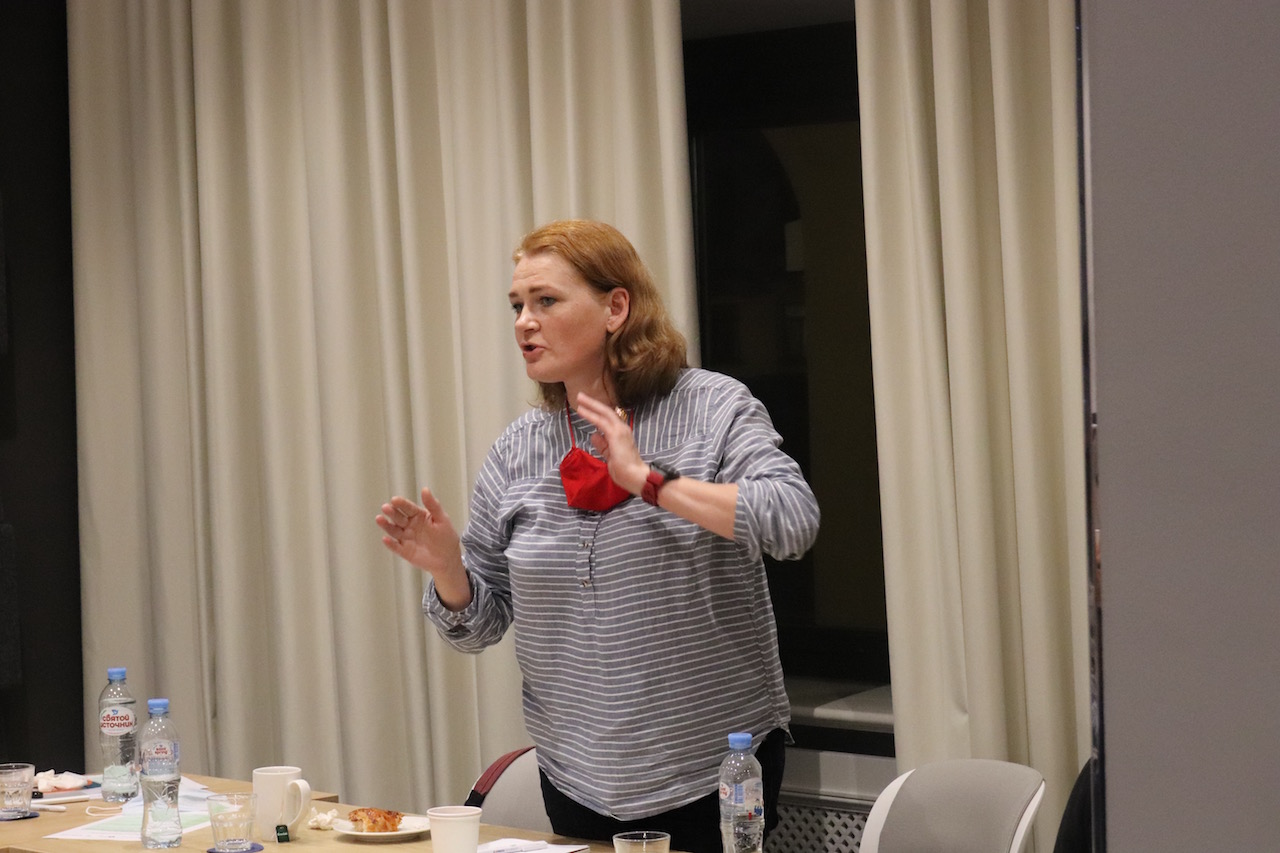
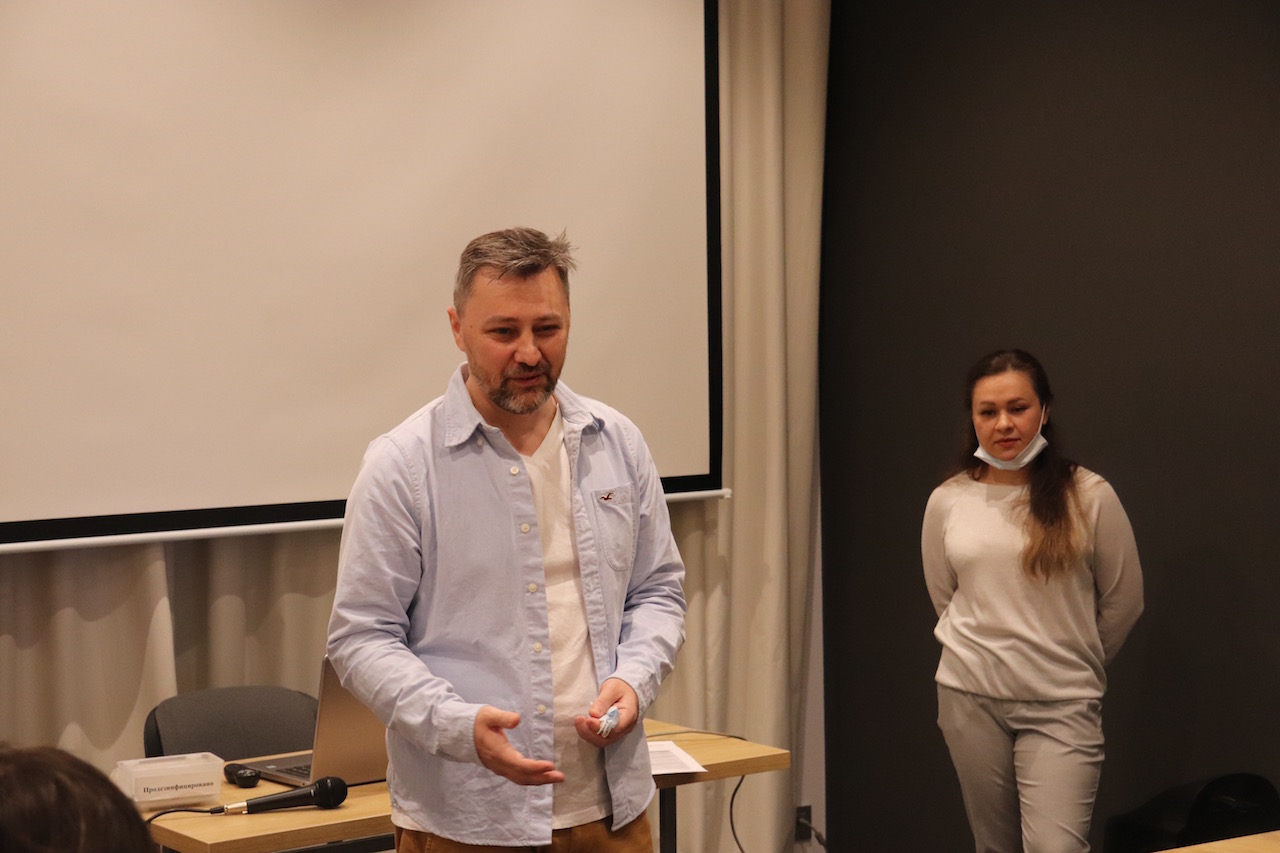
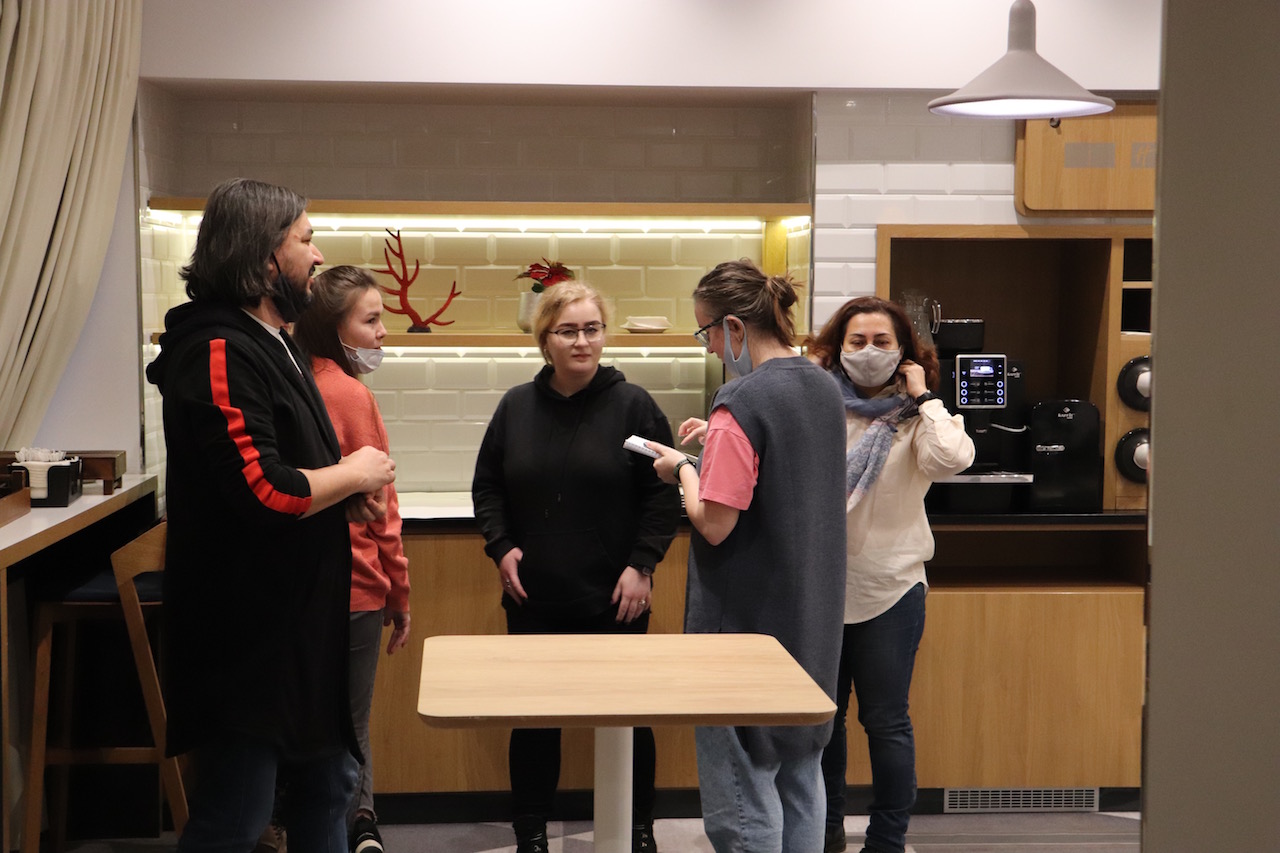
The project “Different children-equal rights!” helps public organizations and initiative groups that work with families and children in vulnerable situations.
Project organizers:
